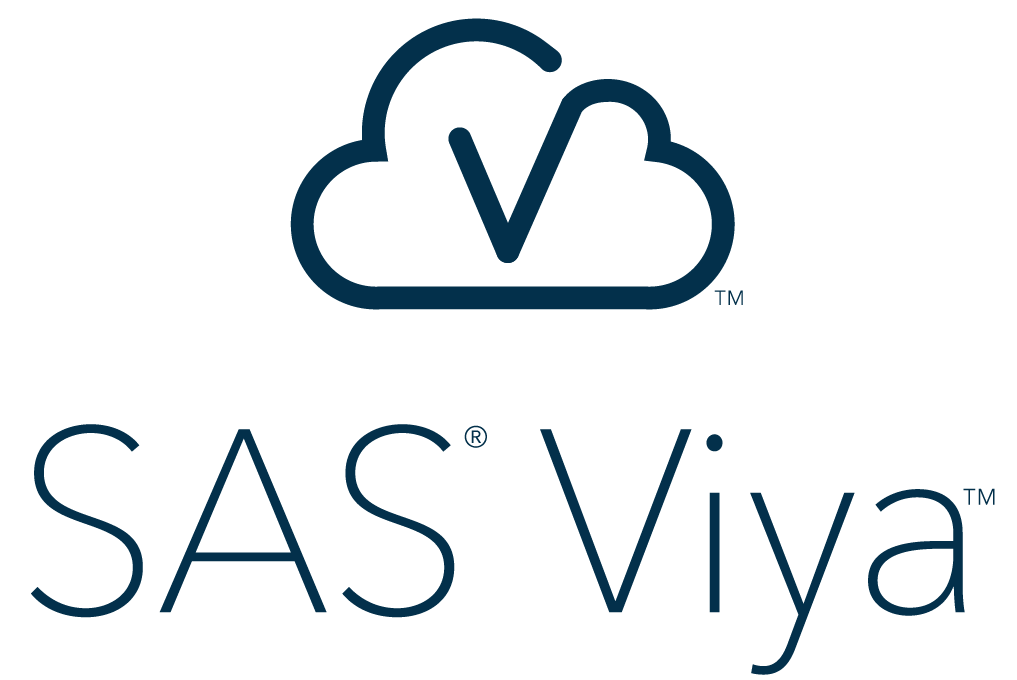 Authorization determines what a user can see and do in an application. An authorization system is used to define access control policies, and those policies are later enforced so that access requests are granted or denied. To secure resources in SAS Viya there are three authorization systems of which you need to be aware.
Authorization determines what a user can see and do in an application. An authorization system is used to define access control policies, and those policies are later enforced so that access requests are granted or denied. To secure resources in SAS Viya there are three authorization systems of which you need to be aware.
The General Authorization system secures folders within the SAS Viya environment and the content of folders, for example, reports or data plans. It can also secure access to functionality.
The CAS Authorization system secures CAS libraries, tables (including rows and columns) and CAS actions.
The File system authorization system secures files and directories on the OS, for example code or source tables for CAS libraries.
In this post, I will provide a high-level overview of the General and CAS authorization systems. If you want to dig into more detail please see the SAS Viya Administration Guide Authorization section.
An important factor in authorization is the identity of the user making the request. In a visual deployment of SAS Viya the General and CAS authorization systems use the same identity provider, an LDAP server. The other common feature between the two authorization systems is that they are deny-based. In other words, access to resources is implicitly disallowed by default. This is important as it marks a change for those familiar with metadata authorization in SAS 9.4.
You can administer both general and CAS authorization from SAS Environment Manager. CAS authorization may also be administered from CAS Server Monitor and from the programming interfaces via the accessControl action set. In SAS Viya 3.3, command-line interfaces are available to set authorization for both systems.
General Authorization System
The general authorization system is used to administer authorization for folders, content and functionality. The general authorization system is an attribute based authorization system which determines authorization based on the attributes of the:
- Subject: attributes that describe the user attempting the access e.g. user, group, department, role, job title etc.,
- Action: attributes that describe the action being attempted e.g. read, delete, view, update etc.
- Resource (or object): attributes that describe the object being accessed (e.g. the object type, location, etc.)
- Context (environment): attributes that deal with time, location etc.
This attribute model supports Boolean logic, in which rules contain “IF, THEN” statements about who is making the request, the resource, the context and the action.
In the general authorization system, information about the requesting user, the target resource, and the environment can influence access. Each access request has a context that includes environmental data such as time and device type. Environmental constraints can be incorporated using conditions.
Permission inheritance in the general authorization system flows through a hierarchy of containers. Each container conveys settings to its child members. Each child member inherits settings from its parent container. Containers can be folders, or rest endpoints which contain functionality. For example, a folder will pass on its permissions to any children which can be additional sub-folders, or content such as reports or data plans.
In the general authorization system precedence, the way in which permission conflicts are resolved, is very simple, the only factor that affects precedence is the type of rule (grant or prohibit). Prohibit rules have absolute precedence. If there is a relevant prohibit rule, effective access is always prohibited.
So, a deny anywhere in the object or identity hierarchy for the principal (user making the request) means that access is denied.
CAS Authorization
The CAS authorization system mostly focuses on data. It makes sense therefore that it is implemented in the style of a database management system (DBMS). DBMS style authorization systems focus on securing access to data. The permissions relate to data for example, read, write, update, select etc., and some CAS-specific ones like promote and limited promote.
Permission inheritance in the general authorization system flows through a hierarchy of objects, The hierarchy is CASLIB > table > rows/columns.
In the CAS authorization system precedence, the way in which permission conflicts are resolved is determined by where an access control is set and who can access control is assigned to. The precedence rules are:
- Direct access controls have precedence over inherited settings.
- Identity precedence from highest to lowest is user > groups > authenticated users.
To put this another way, if a direct access control is found on an object it will determine access. If multiple direct access controls are found, a control for a user will be used over a control for a group, which will be similarly be used over a control for all authenticated users. If no direct access control is found on, for example, a table, settings will be inherited from the CASLIB in a similar manner.
A final note on CASLIBSs, there may be additional authorization that needs to be considered to provide access to data. For example, for a path based CASLIB if host-layer access requirements are not met, grants in the CAS authorization layer do not provide access.
This has been a brief look at the two authorization systems in a SAS VIYA environment. The table below summarizes some of the information in this blog.

As I noted at the start, you can find much more detail in the SAS Viya Administration Guide Authorization section. I hope this helps as an overview of the two new authorization systems in SAS Viya.
